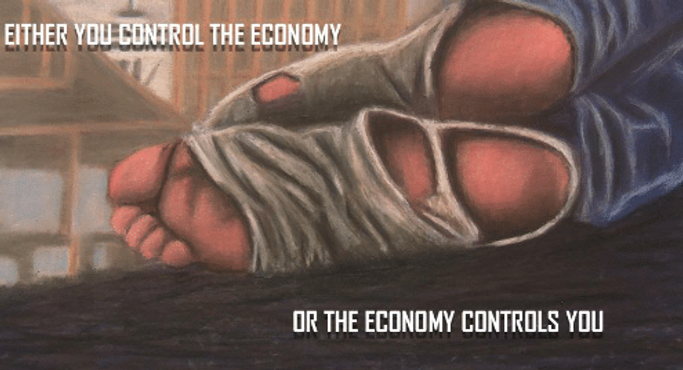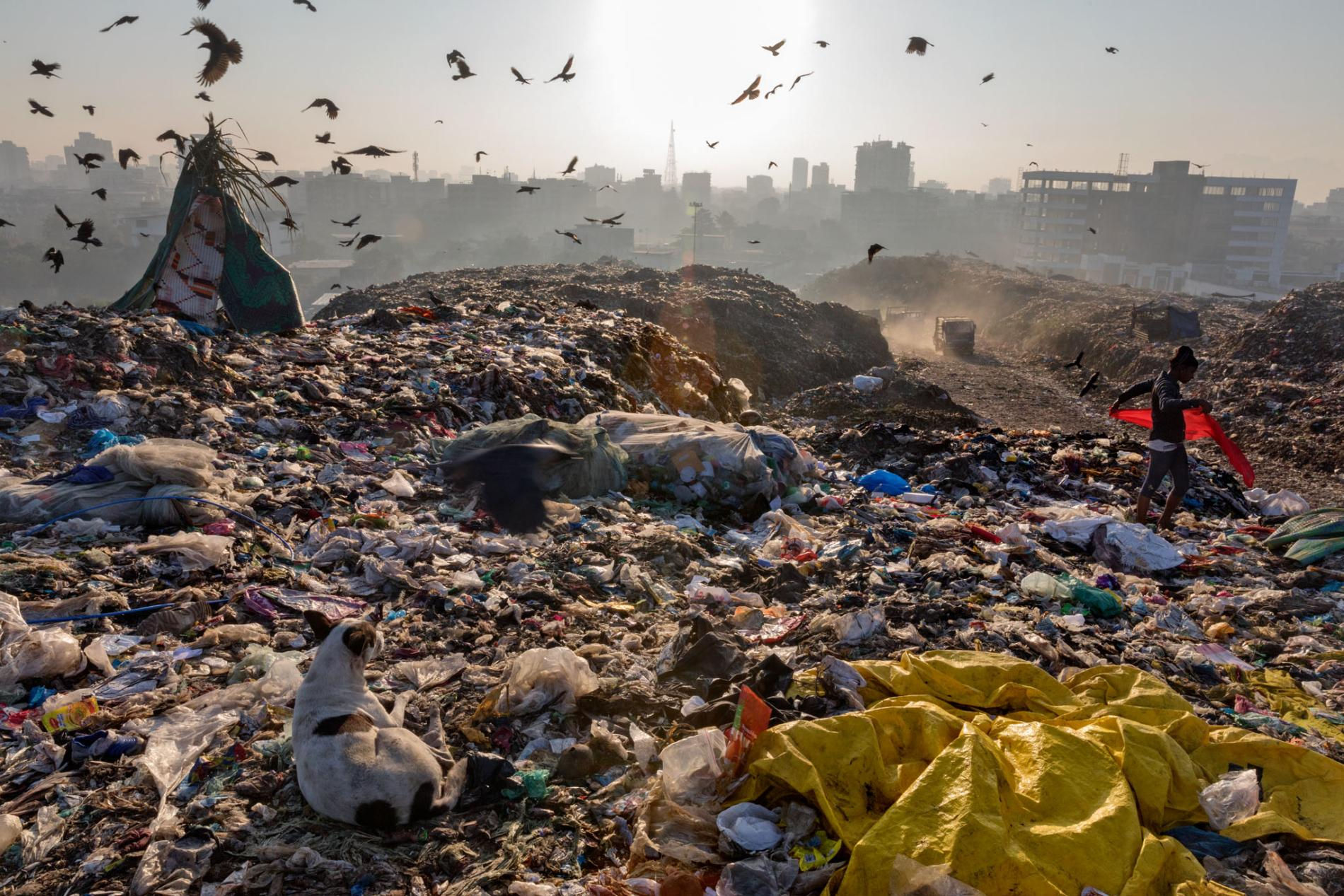
The Vicious Cycle

Garbage or Municipal Solid Waste (MSW)
MSW generation rates are influenced by economic development, the degree of industrialization, public habits, and local climate. Generally, the higher the economic development and rate of urbanization, the greater the amount of solid waste produced. Income level and urbanization are highly correlated and as disposable incomes and living standards increase, consumption of goods and services correspondingly increases, as does the amount of waste generated. Urban residents produce about twice as much waste as their rural counterparts.
An analysis of the World Bank shows a rapid growth of human migration from rural to urban areas, has posed a great threat to their health and environment. On the other hand, United Nations Statics division blames the following factors for the exponential rise of MSW in the World (UNSD, 2007)
-
Population growth rates (especially urban)
-
Socio-economic development (GDP)
-
Changing household consumption patterns & distribution channels
-
Increasing production and use of hazardous materials
-
Increasing production and use of nonhazardous materials
Environmental Impact of the MSW
There is a direct correlation between poverty and environment degradation and vice versa. A study conducted by the University of Kuala Lumpur, Malaysia suggested that that the problems of poverty and the environment have the causal relationship between the two, and it actually depends on the level of socioeconomic profile and the type of environmental practices of a particular group of the community (Murad, 2007).
With all of its hazards and impacts on health and the environment, it is unfortunate that proper disposal of the MSW is not a priority in poor countries. Garbage is disposed in open fields and when the volumes overflow, people just burn it. Incinerating waste in the open air has its own problems because plastics tend to produce toxic substances, such as dioxins, when they are burnt. Gases from incineration cause air pollution and contribute to acid rain, while the resulting ash contains heavy metals and other toxins.
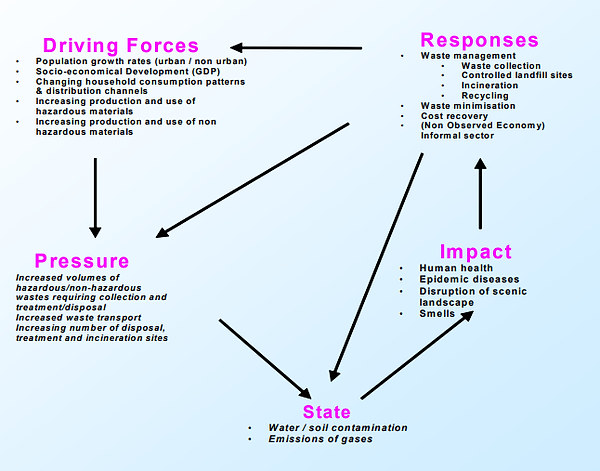
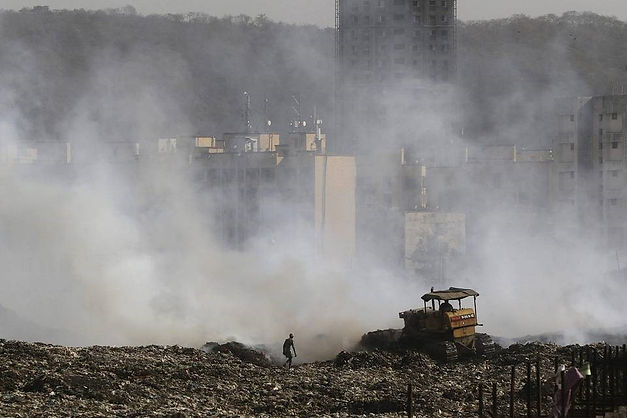
Poverty vs Poor Health
At the same time, we all know that poverty and poor health worldwide are inextricably linked. Poverty is both a cause and a consequence of poor health. Poor economic conditions of a population increase the chances of poor health. Poor health, in turn, traps communities in poverty. Infectious and neglected tropical diseases kill and weaken millions of the poorest and most vulnerable people each year.
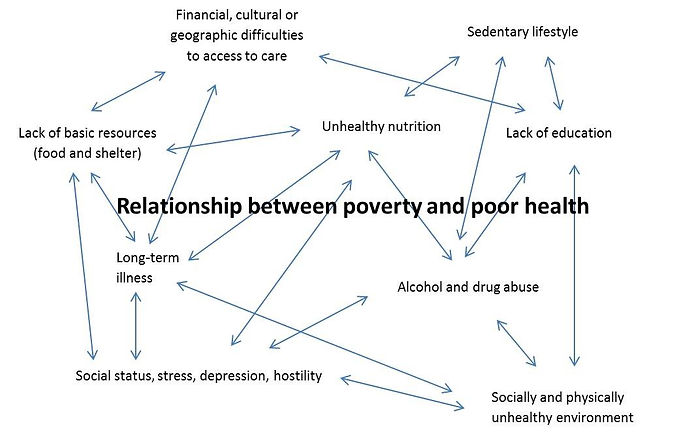
I'm a paragraph. Click here to add your own text and edit me. It's easy.
The Economic Growth
The economic growth of any country is causally related to industrial growth. The share of poor people in the global population has increased in recent decades. Industrialization has been often essential for economic growth, and for long-run poverty reduction. The pattern of industrialization, however, impacts remarkably on how the poor benefit from growth. Also, the location of industrial facilities has an impact on the overall poverty reduction and inequality. It has become evident that poverty, environment, human development, and health, are all interrelated with each other. They all are trapped in a vicious cycle. Declination of one pulls the other down. Measures would have to be taken to develop the economies of the underprivileged and soon they will be on the path of progress.
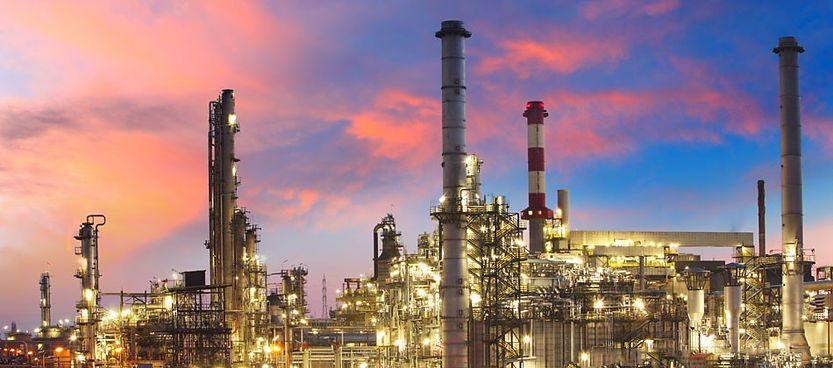
Either Control the Economy or the
Economy will Control You
Internet image: https://me.me/market?s=pop
